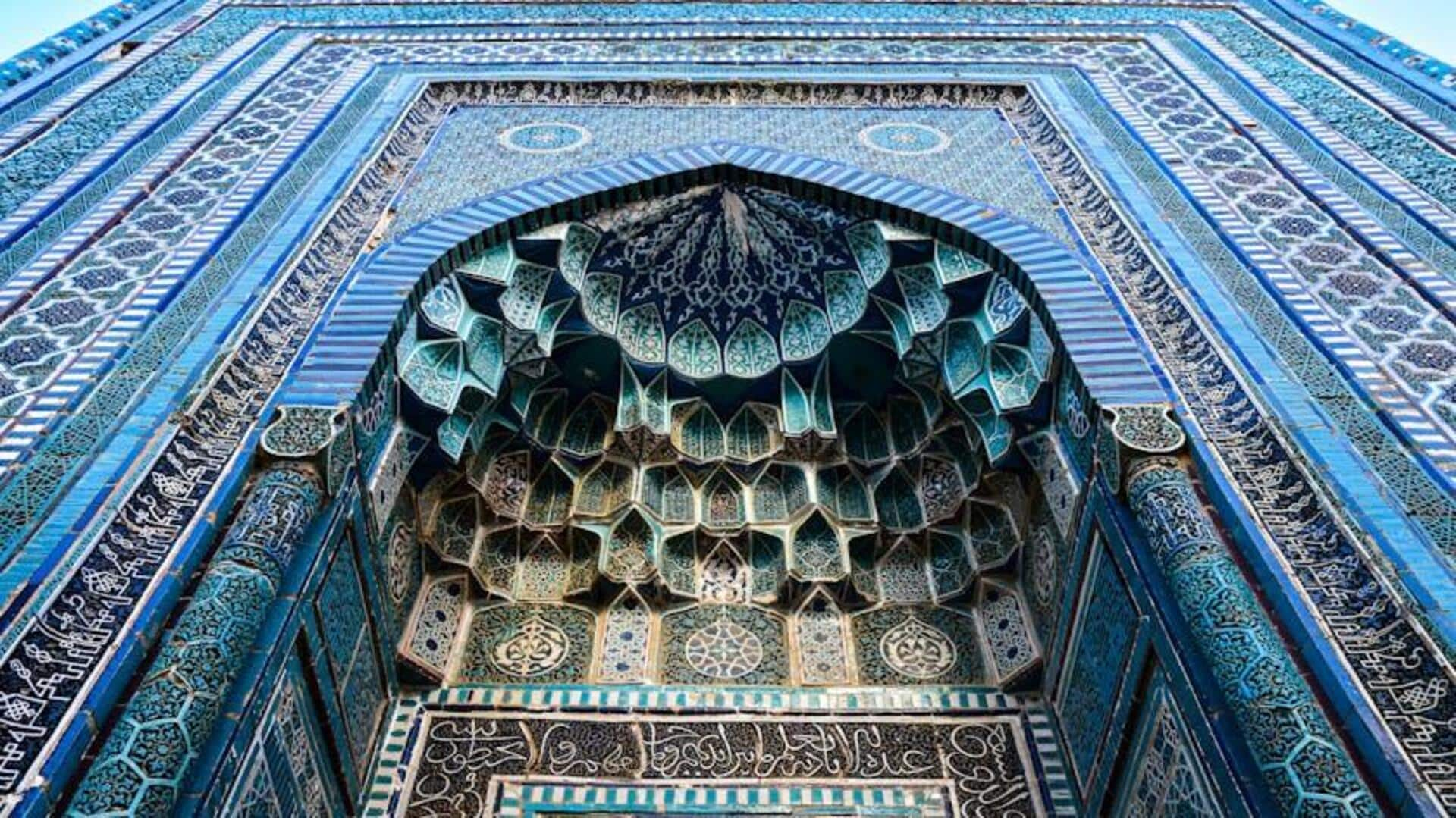
Exploring Uzbekistan's Silk Road textile traditions
What's the story
Uzbekistan, a star of the ancient Silk Road, has a rich textile heritage that captivates many. The textile of Uzbekistan, with its intricate patterns and vibrant colors, is a testimony to the craftsmanship and artistry of its people. These traditions mirror the diverse influences over centuries, giving an insight into the region's cultural depth. Let's take a look at Uzbekistan's textile traditions along the Silk Road.
Ikat weaving
Ikat weaving techniques
is one of Uzbekistan's most famous textile techniques. It involves resist-dyeing threads before weaving them into fabric resulting in unique patterns. The process is precise and requires skill, as artisans carefully align dyed threads on looms. This technique is especially prominent in regions such as Margilan and Bukhara, where artisans produce gorgeous silk fabrics with bold designs. textiles are used in clothing as well as home decor items like curtains and cushions.
Suzani embroidery
Suzani embroidery art
Suzani embroidery is another major part of Uzbek textile tradition. Inspired by Persian, suzani involves intricate hand-stitched patterns on cotton or silk cloth with colorful threads. Flowers, vines, geometric shapes are common motifs that signify prosperity and protection from evil spirits. These embroidered pieces are often used as dowry gifts or decorative wall hangings at homes across Uzbekistan.
Carpet weaving
Carpet weaving heritage
Carpet weaving has been a part of Uzbek culture for centuries, owing to its utility in nomadic times as well as aesthetic appeal today. Traditional carpets have intricate designs inspired by nature or historical events woven using wool or silk fibers. Samarkand, Khiva and Bukhara are known for their distinctive style of weaving, which is characterized by vibrant colors combined with detailed motifs.
Natural dyeing
Natural dyeing methods
Natural dyeing methods are key to maintaining authenticity in Uzbek textiles. Artisans use plant-based dyes extracted from pomegranate skins, walnut shells, indigo leaves, etc., which give rich colors from deep reds, blues, greens, yellows, etc. These eco-friendly practices not only make the process sustainable but also keep cultural heritage alive through traditional craftsmanship passed down generations.